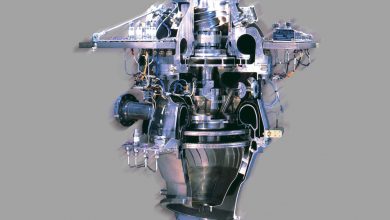
Business process outsourcing is one of the effective ways business owners are cutting down on costs without compromising their operations or the quality of the product or service they provide their customers. By paying for the work done instead of hiring the employees themselves, small businesses can benefit from the cost-efficient method without having to hire their own employees and pay the costs that are usually incurred when hiring.
Most business owners assume that outsourcing is limited to administrative tasks that are only secondary to the profitable operations of the business. However, it is possible to outsource other professional tasks rather than hire their own in-house team, and here are three reasons for it
Some High-Skilled Tasks Are Still Secondary
While all roles of a business are essential, there are the main tasks that help create a product or service to drive income, and there are secondary roles that help with the day-to-day operations of the company. Outsourced work isn’t necessarily limited to the administrative tasks of a business and can extend to the much more complicated tasks of establishing a business.
For example, outsourcing software developers is necessary for businesses nowadays, with more and more companies seeing the benefits of going digital. However, software development is a highly skilled task, but it’s one that can be outsourced as a more practical solution. So if you’re looking for highly skilled labor but find that it’s more useful to be outsourced, consider outsourcing instead.
Bigger Budget on the Key Roles of Your Business
One of the benefits of outsourcing as many roles as you can is that instead of paying for an employee, you’re paying an outsourcing company a fraction of their salary to have the work done. That gives you a bigger budget when hiring people who will perform the key roles of your business.
It allows you to attract more and better talent in the job market. And because all the other secondary roles are being outsourced to other companies, your in-house team can maximize their potential, giving you the most out of the salary you pay them.
Reduce Your Overall Costs
Outsourcing can save you money and time. First, you don’t have the expenses most companies incur when hiring employees. According to Glassdoor, the average company spends $4,000 and takes around 52 days to hire a new employee. Now, imagine if this turned out to be a bad hire, and you have to spend another $4,000 and wait another two months before getting another employee. That’s time and money wasted when you could have gotten the job completed by an outsourcing company in the first place.
There are also the costs of keeping an employee. There are government-mandated benefits, bonuses, equipment, and more. When outsourcing, the company takes care of all of these with their team, so you won’t have to worry about it.
If you want to lower the costs of your business operations, consider outsourcing most of your business tasks to your employees. There are pros and cons to hiring your own in-house team and outsourcing. It ultimately depends on your business to see how much work can be outsourced without sacrificing quality.


